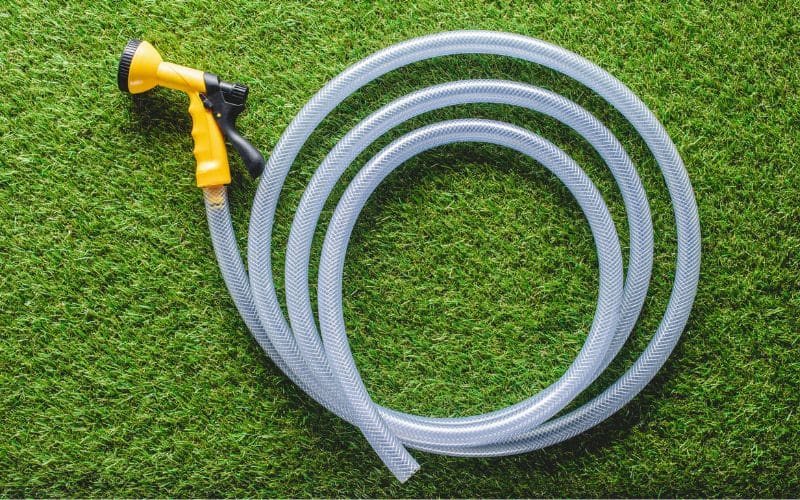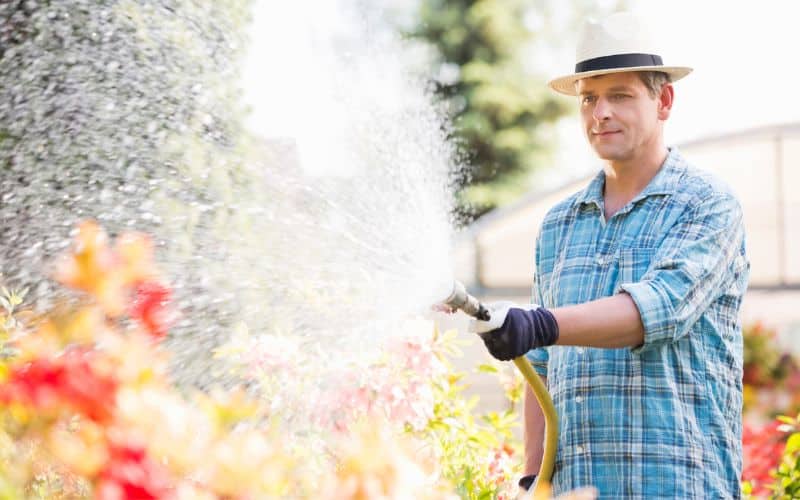
Garden hoses are essential tools for any gardener, whether you’re watering plants, washing the car, or maintaining your lawn. The diameter of a garden hose plays a crucial role in determining the water flow and pressure. In this guide, we’ll explore how to measure garden hose diameter and the factors to consider when choosing the right hose for your needs.
Understanding Garden Hose Diameters
Garden hoses typically come in three main diameters:
- 1/2-inch (12.7mm): Ideal for light watering tasks.
- 5/8-inch (15.9mm): Commonly used for general garden watering.
- 3/4-inch (19mm): Suitable for heavy-duty tasks.
How to Measure Garden Hose Diameter
Measuring the diameter of a garden hose is a simple process. Here’s how you can do it:
Use a Ruler or Calipers: A ruler or calipers can be used to measure the inside diameter of the hose. Make sure to measure at the end where the hose connects to the faucet or nozzle.
Check the Hose Packaging: If you still have the packaging, it may include information about the hose’s diameter.
Consult the Manufacturer’s Website: Many manufacturers provide detailed specifications online, including the hose diameter.

Choosing the Right Hose Diameter
Selecting the right hose diameter depends on various factors:
Watering Needs: Consider the tasks you’ll be performing. Smaller diameters are suitable for light watering, while larger diameters offer more water flow for heavy-duty tasks.
Water Pressure: If you have low water pressure, a hose with a smaller diameter may be more suitable.
Hose Length: Longer hoses may experience reduced water pressure, especially if they have a smaller diameter.
Compatibility: Ensure that the hose diameter matches the fittings and connections of your water source and accessories.
1/2-inch (12.7mm) Diameter
Usage: Perfect for watering potted plants and small gardens.
Water Flow: Lower water flow, suitable for delicate plants.
Length Options: Available in various lengths, but longer hoses may have reduced pressure.
5/8-inch (15.9mm) Diameter
Usage: The go-to size for most gardeners, suitable for watering lawns and washing cars.
Water Flow: Balanced water flow, ideal for medium-sized gardens.
Length Options: Versatile length options, maintaining good water pressure.
3/4-inch (19mm) Diameter
Usage: Ideal for commercial applications or large gardens.
Water Flow: High water flow, perfect for filling large containers or connecting to sprinklers.
Length Options: Strong water pressure even in longer hoses.
| Topic | Details |
|---|---|
| How to Measure | - Use a Ruler or Calipers: Measure the inside diameter at the end where it connects to the faucet or nozzle. |
| - Check Packaging: May include diameter information. | |
| - Consult Manufacturer's Website: For detailed specifications. | |
| Common Diameters | - 1/2-inch (12.7mm): Light watering tasks. |
| - 5/8-inch (15.9mm): General garden watering. | |
| - 3/4-inch (19mm): Heavy-duty tasks. |
Hose Materials and Quality
The material of the hose also affects its flexibility, durability, and performance:
- Vinyl Hoses: Lightweight and affordable but may kink easily.
- Rubber Hoses: More durable and flexible but can be more expensive.
- Reinforced Hoses: Offer added strength and resistance to kinking.
Seasonal Considerations
In Canada, the changing seasons can greatly impact garden hose usage. Here’s how:
Spring and Summer: A larger diameter hose might be preferred for more extensive watering needs during the growing seasons.
Fall: Consider a medium diameter for general cleaning tasks and preparing the garden for winter.
Winter: Proper storage is crucial, as freezing temperatures can damage hoses. A smaller diameter hose might be useful for specific winter tasks like filling bird baths.
Hose Storage Solutions
Proper storage prolongs the life of your hose, regardless of its diameter:
Reels and Hangers: These can prevent kinking and make it easier to coil the hose.
Covered Storage: Protects the hose from UV rays and freezing temperatures.
Draining Before Storage: Ensures that no water remains inside, preventing potential freeze damage in winter.

Common Mistakes to Avoid
Avoiding these common mistakes can help you make the most of your garden hose:
- Choosing the Wrong Diameter: Selecting a hose that’s too large or small for your needs can lead to inefficient watering or pressure problems.
- Improper Storage: Leaving the hose exposed to the elements can cause it to degrade faster.
- Ignoring Seasonal Needs: Not adapting the hose usage and care to the changing Canadian seasons can lead to unnecessary wear and tear.
Conclusion
Measuring the garden hose diameter is a straightforward process that can be done with simple tools like a ruler or calipers. Understanding the different hose diameters and their applications helps in selecting the right hose for your garden’s specific needs.
Whether you’re a hobby gardener or a professional landscaper, choosing the right garden hose diameter ensures efficient watering and contributes to the overall health and beauty of your garden. Always consider your watering needs, water pressure, hose length, and compatibility with existing connections when selecting the hose diameter.








